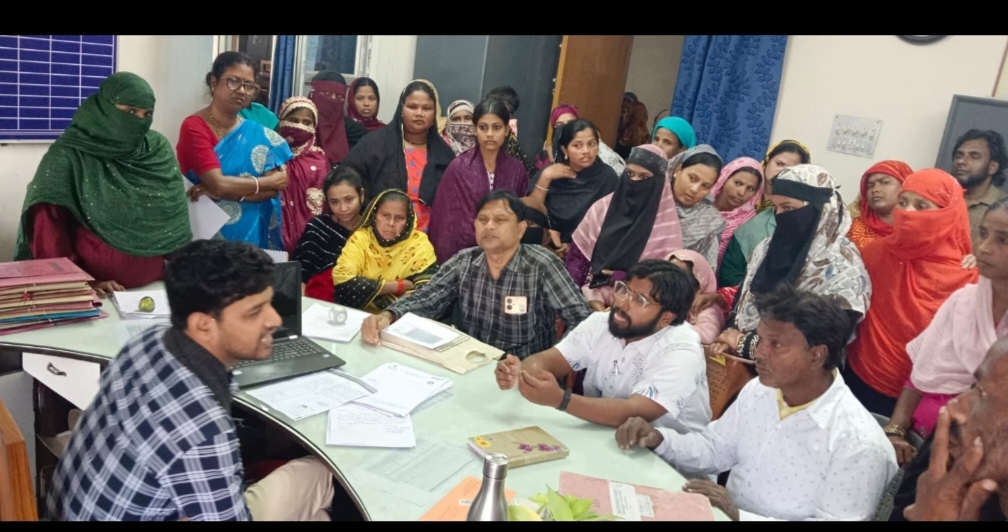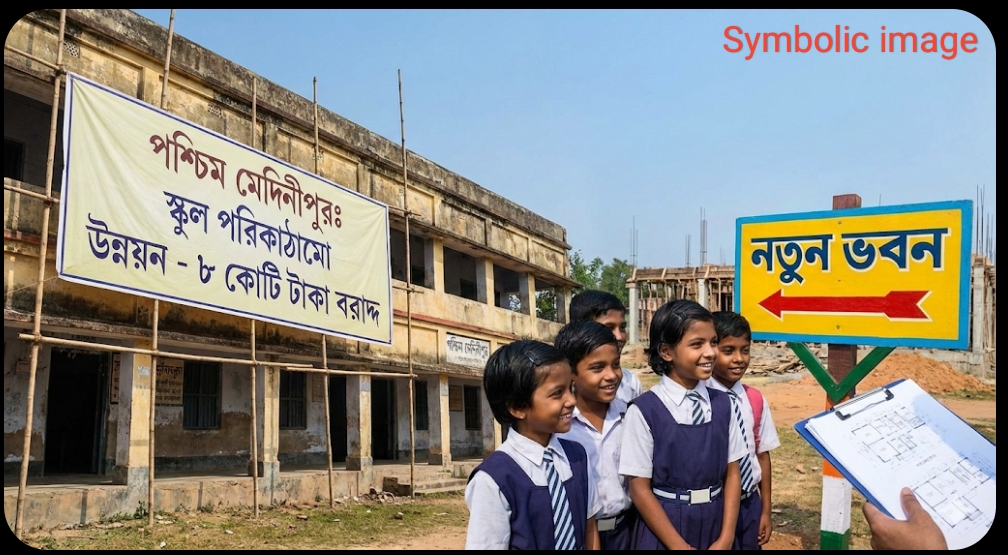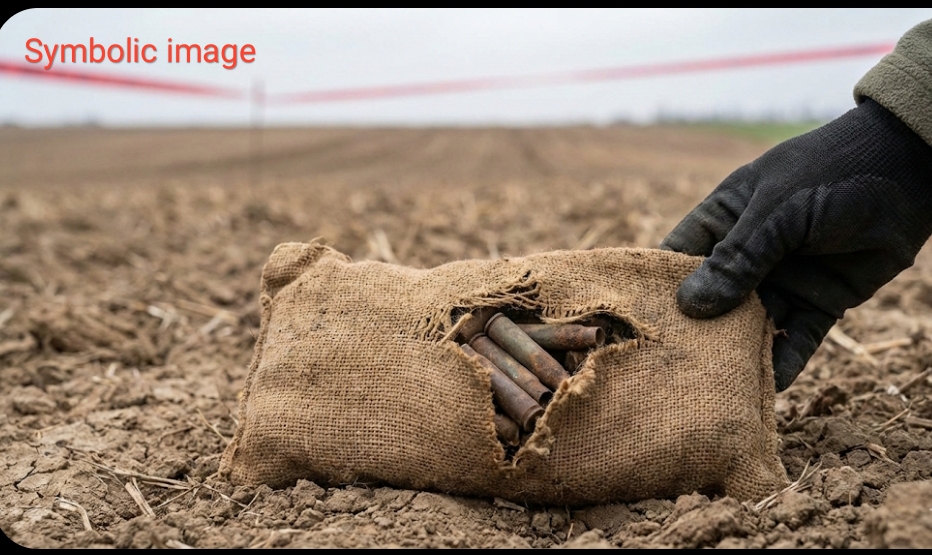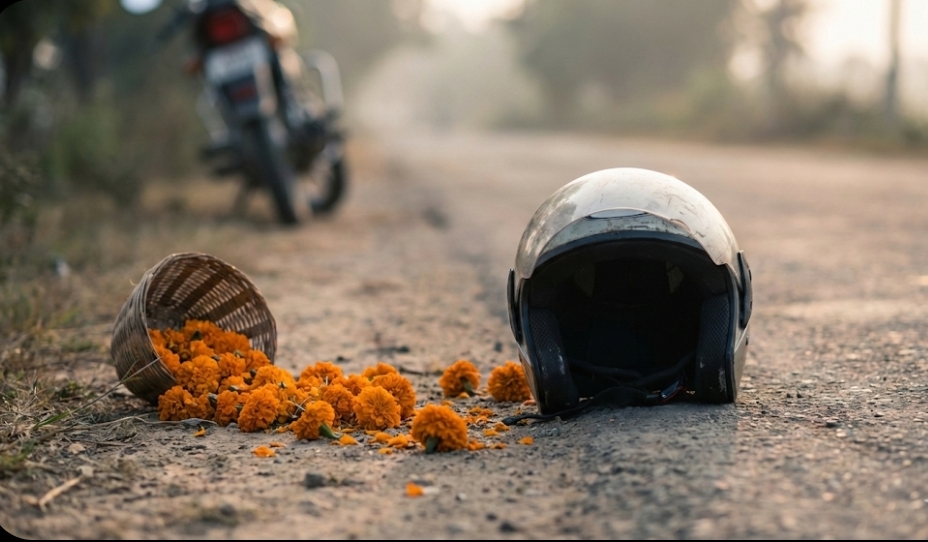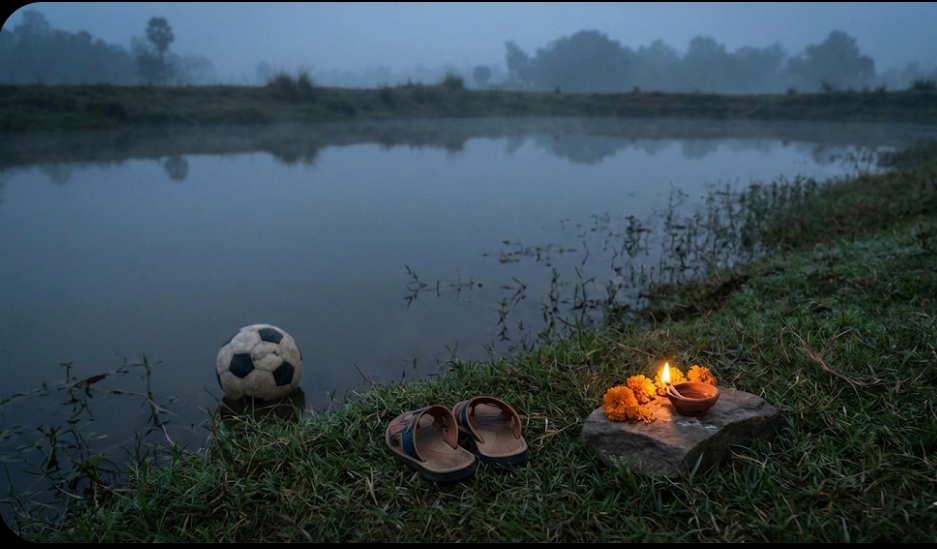भारतीयों को ध्यान में रख सस्ते कृत्रिम पैर विकसित किया आईआईटी ने, असमतल भूमि व सभी आयु के लिए कारगर, पैर मोड़कर व पालथी मारकर भी बैठ सकते हैं






A demonstration video can be viewed and downloaded from the following link –


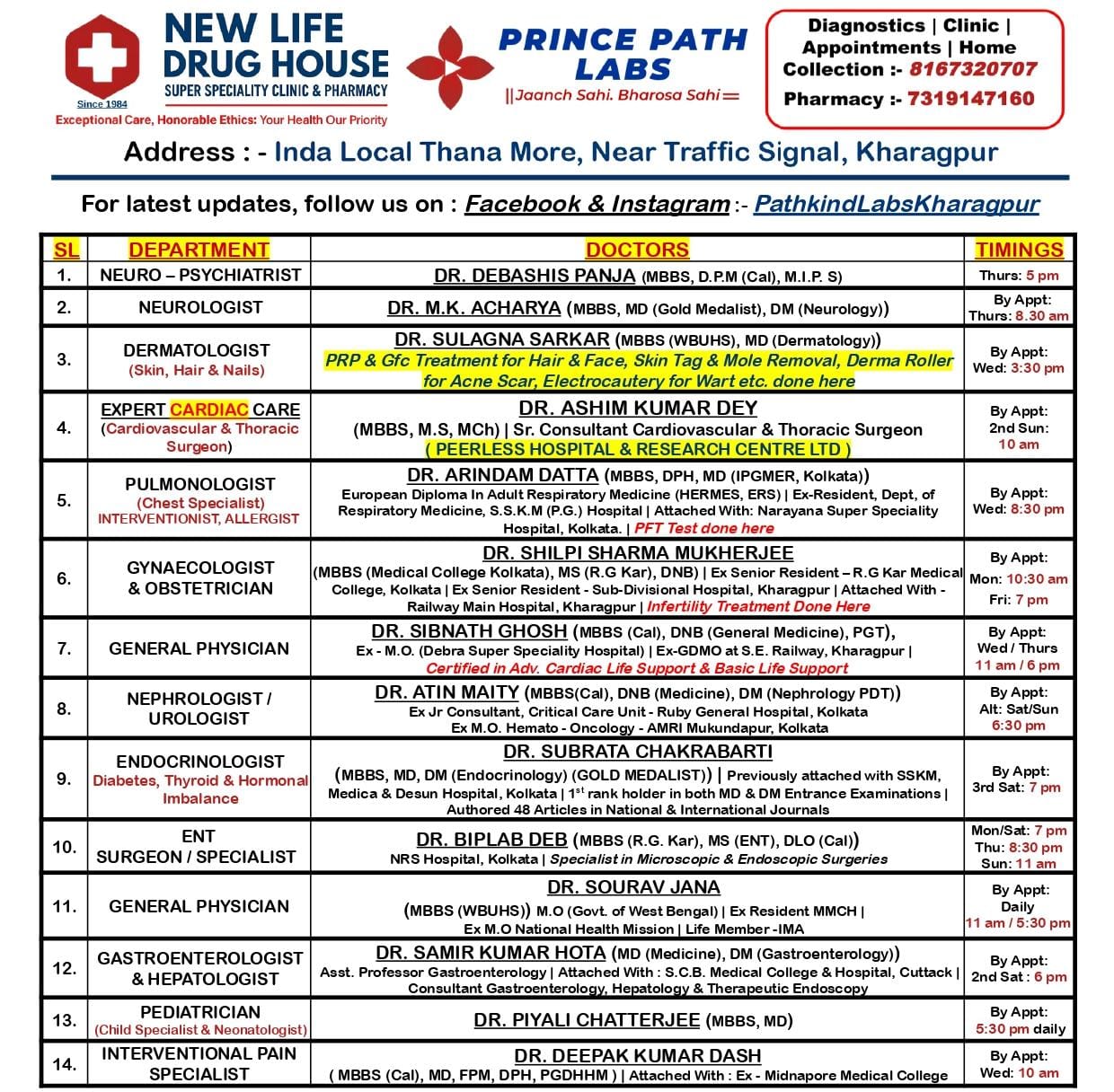
https://drive.google.com/file/d/1gRE4-0erQ0BGijqjUmDY9sM9pEKgRZkg/view

Indian Institute of Technology Guwahati Researchers have developed a Prosthetic Leg specifically designed for Indian conditions. It is suitable for uneven terrain and supports Indian needs such as cross-legged sitting, and deep squatting. It is also adjustable for the different age groups and multiple stages of prosthesis use.
This research was funded by the Ministry of Education, Government of India and the Department of Biotechnology, Government of India. IIT Guwahati Researchers collaborated with 151 Army Base Hospital, Guwahati, Tolaram Bafna Kamrup District Civil Hospital, Guwahati, Guwahati Neurological Research Centre (GNRC), North Guwahati, and North Eastern Indira Gandhi Regional Institute of Health and Medical Sciences (NEIGHRIMS), Shillong.
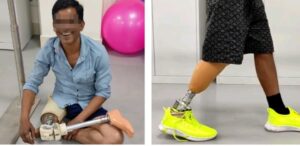
Prosthesis development in India faces many challenges. Highly functional mobility for amputees requires devices with advanced features which are expansive and cannot be afforded by many.
Further, affordable prosthetics that are available in the market have many functional limitations. In addition, the Indian lifestyle and uneven terrain require prosthetics with specifications unique to India, which are not widely available in the market.
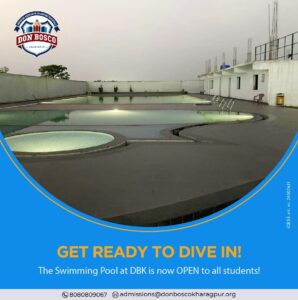
A team led by Prof. S. Kanagaraj, Department of Mechanical Engineering, IIT Guwahati, set out to tackle these issues. Prototypes of their models developed by this research team are currently undergoing trials.
Highlighting the key areas of their research, Prof. S. Kanagaraj, Department of Mechanical Engineering, IIT Guwahati, said, “The knee joint developed by our team has a spring assisted deep squat mechanism, which helps to use Indian toilet system more comfortably; the knee rotating mechanism helps to have cross legged sitting; the locking mechanism helps to reduce the fear of falling of patients while walking in an unknown terrain; adjustable link length in a knee helps to have either more stability or easy flexing depending on age and requirement of the patients. Overall, the knee joint is designed to meet the Indian life style which other products fail to fulfill”.
The researchers identified the following needs and developed novel solutions:
Need 1: Market products developed with Western technology ignore Indian locomotion needs, such as cross-legged sitting, deep squatting for toilet use, and exercise postures in Yoga which can be used for rehabilitation.
Solution: Advanced knee rotation mechanism is developed in order to facilitate cross-legged sitting – allowing huge improvement in range over traditional prosthetic knees. The deep squat mechanism helps to prevent the arrest of motion while standing up and reduce metabolic energy cost.
Need 2: Additional stability is required for the patient at multiple stages of prosthesis use. During the initial training of the amputee, it is required for safety concerns and to address the fear of falling. Once the amputee is used to their leg, walking on uneven terrain, sloppy region and staircases are difficult.
Solution: Knee-locking mechanism is provided which can be activated and deactivated by the amputee as they encounter difficult conditions as mentioned above.
Need 3: The prosthesis leg requirements vary according to the residual length of the leg of the patient. In addition, depending on the age of the patient, more stability is required for older patients who are at a higher risk of falling.
Solution: Link length adjustability and prosthesis alignment adjuster mechanism are also provided for customization according to the patient’s need.
Need 4: Difficult terrain significantly hampers the functioning of traditional ankle joints. In addition, during physical activity, dynamic balance is required to prevent the risk of falling.
Solution: Impact load on hard surfaces is reduced, toe-off force is maximized and balance is ensured while walking on difficult terrain.
The abnormality noticed in their gait pattern of knee and foot is reduced using the Sankalp knee design and confirmed using gait and motion analysis. As different parameters such as comfort, weight, and functionality of lower limb prosthesis play an important role in deciding human locomotion, the prosthesis leg is optimized to meet all requirements. The lower limb amputees will have improved quality of life, independence, and comfort level in doing their daily activities.
The unique aspects of this solution compared with peers in the field
4-bar injection moldable polycentric knee joint with a locking mechanism (US patent No. 9,687,364 B2)
Avoids arrest of motion while standing up from a deep squat position and provides extra energy during leg swing using spring-assisted extension bias mechanism (Indian Patent application number- 201931014318)
Customizable link length can be adjusted by the prosthetist to increase the stability and ease of flexion according to patient limb length, activity, or age (Indian Patent application number- 202031017295)
Cross-legged sitting is possible using a knee rotator mechanism
Deep squat to meet the requirements of the Indian population
Bodyweight is ensured to pass through the knee center using the Trochanter-knee-ankle alignment adjuster mechanism
Extra stability during standing or rehabilitation activities using manual knee flexion lock mechanism to switch from polycentric to rigid knee configuration
Minimizing the ground force, maximizing walking propulsion, and balancing while walking in an uneven terrain using dynamic ankle joint with plantar-dorsiflexion and inversion-eversion movement
Prosthetic leg is tested as per International standard loading condition up to 100 kg body weight
Reduced weight of prosthetic leg is achieved by selecting suitable polymers, Aluminium alloys and stainless steel for different components
Cost of around Rs 25000 is ensured using the technology
Fixation of prosthetic leg components to various amputees is done by a trained prosthetist. Qualitative feedback is accumulated from the amputees based on the previous usage of an earlier prosthetic leg if any. After the fixation of our developed technologies amputees were able to walk with a flexed knee in between parallel bars and outside of it on the first-day rehabilitation at Gait and Motion Analysis laboratory at IIT Guwahati. Additionally, amputees were able to use the different functionalities of the prosthetic leg with and without any additional support in their daily life.
A methodology is being developed to fit a 3D-printed test socket which is verified using computer analysis.

